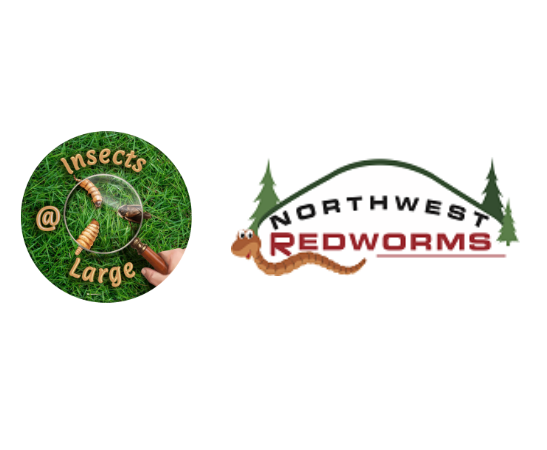Bedding, Feeding, & Cultivation
Now that you've started a compost system, your thousands of new pets need fed, watered, bedded and pampered. The better you care for their needs, the more they will do for you.
Bedding Options:
Shredded or composted leaves
Cut up cardboard (presoak)
Shredded newspaper (presoak)
Aged/composted sawdust
Aged/composted wood chips
Coconut coir (presoak)
Chopped straw (presoak)
Dry/brown grass (moisten before using)
Beneficial Foods:
> From the home:
Almost all fruits and vegetables, with the exception of citrus and banana skins (potatoes, onions, garlic may cause your compost to smell)
Bread, flour, ground grains (may attract rodents)
Garden debris
> From the farm:
- Chopped or composted hay (can be food and/or bedding depending on stage of decomposition.
- Manure from cows, horses (non-dewormed), aplacas, goats, rabbits, and chickens
Harmful Foods:
- Milk products (contain oils that may be harmful to worms)
- Meats (due to spoiling/stench)
- Dog and cat feces (may contain harmful parasites/pathogens that will not die from decomposition)
Cultivating Your Compost:
Layer your compost with food waste and bedding. Otherwise, the compost will not be able to breathe as the Redworms work through it. The speed of your compost breaking down is affected by the moisture, temperature, available air, and bedding materials.
Cutting Up Your Food Waste:
Red worms are secondary eaters, meaning they consume softened organic material left after microorganisms break down larger food waste. Most fruits and vegetables have a protective skin to keep mold and bacteria out, prolonging decomposition. Cutting them up drastically increases breakdown speed, giving bacteria and fungi more surface area to flourish. This creates the perfect biodiverse environment for your worms to thrive.
Keeping an Eye:
Check on your worms regularly, to get a feel for their normal behaviors. They may move through the bins independently, avoiding groups unless mating. If they seem to be avoiding a certain area, something could be wrong with that section of the compost. There may be spoiling food that needs removed or a bacterial imbalance. Catching this early will prevent adverse effects on the health of your worms.
The bottom of your compost turning dark brown or black is an indicator that your vermicompost is ready to be harvested.
